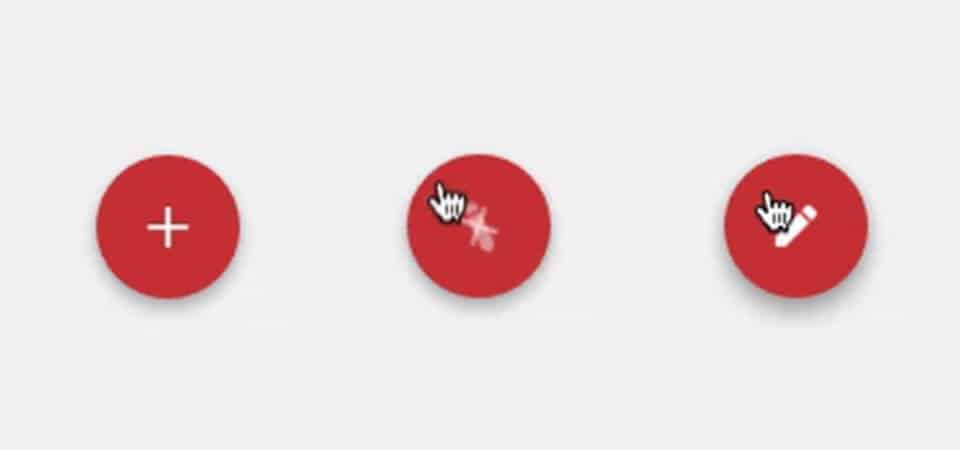First of all, this article is not about me making a design trend prediction for 2018. There are plenty of articles out there already. Okay, now that we’ve got that out of the way I’ll begin.
Design trend articles are a lot like reading your horoscope. Fun to read occasionally but you’re left none the wiser. There is nothing really substantial in them and often the predictions for ‘what’s hot in 2018’ seem so stupid I find myself going “seriously?”
Do a quick search for “2018 design trends” and you’ll see what I mean. Gradients are coming back? Bold typography? CUSTOM ILLUSTRATIONS? Come on.

credit: slack.com
The trouble with design trends is that they are just that. They’re trends. And most trends are often a ‘flash in the pan’.
“Design trends online change more often than the wind, and slightly less often than my socks.”
— Suleiman Leadbitter
So, should you follow and use them?
Well, that depends.
The trick with trends is knowing how to navigate or circumnavigate them, to reach a style that will actually be beneficial for you and the project. If you put your own creative twist on it, you will often find that you end up with something that feels remarkably unique and new anyway. And, in some instances, it may be a plus to appear ‘trendy’ and current. Take what you need but throw away the rest.
There are also trends which I consider to be less a trend. These generally don’t relate to an aesthetic or style but are more about common design sense or usability. One example I’ve seen is ‘authentic photography’. That’s a no-brainer. Real people, in real places, doing real things is always more beneficial to stock photography.
Or for instance, burger menus. Not a 2018 trend but were debated as a trend none the less at the time. These are more of a necessity that was driven by a technology and behavioral shift towards small devices.
Microinteractions are more recent and are gradually more thought about. Microinteractions are about designing in-between the spaces. The subtle cues for feeling, interaction, and progress provide feedback to the user in an engaging and delightful way. They benefit everyone.

credit: google compose button
“People ignore design that ignores people.”
— Frank Chimero
A few last parting tips. Before you adopt a trend, ask yourself;
1 – Does this actually feel right for the project or is it just a temporary solution?
2 – How can I put my own spin on it?
3 – Is this trend likely to have a reasonable shelf lifespan?

